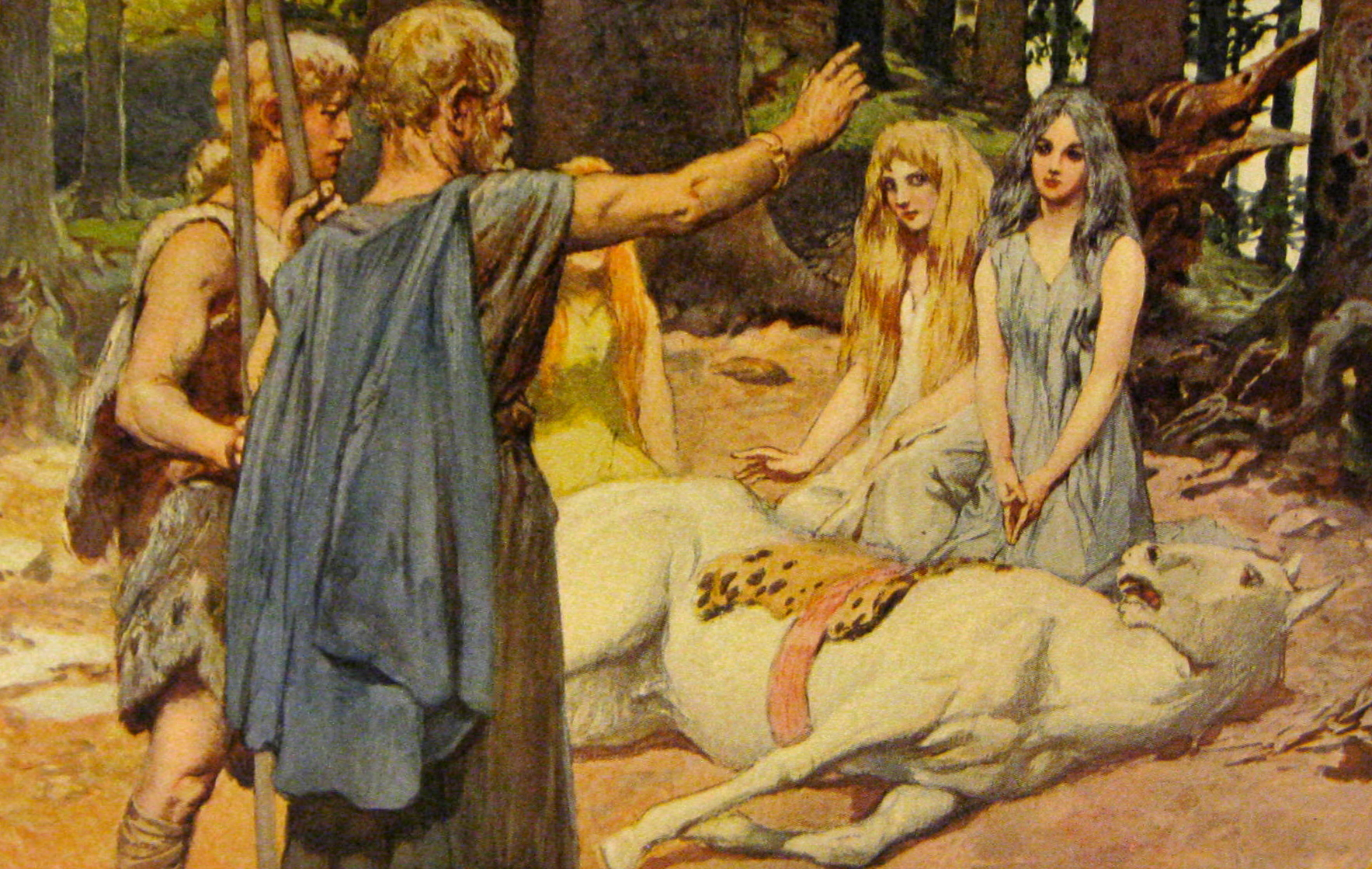WHEN Helen, Leda’s beautiful daughter, grew to womanhood at Sparta in the palace of her foster-father Tyndareus, all the princes of Greece came with rich gifts as her suitors, or sent their kinsmen to represent them. Diomedes, fresh from his victory at Thebes, was there with Ajax, Teucer, Philoctetes, Idomeneus, Patroclus, Menestheus, and many others. Odysseus came too, but empty-handed, because he had not the least chance of success-for, even though the Dioscuri, Helen’s brothers, wanted her to marry Menestheus of Athens, she would, Odysseus knew, be given to Prince Menelaus, the richest of the Achaeans, represented by Tyndareus’s powerful son-in-law Agamemnon. b. Tyndareus sent no suitor away, but would, on the other hand, accept none of the proffered gifts; fearing that his partiality for any one prince might set the others quarrelling. Odysseus asked him one day: ‘If I tell you how to avoid a quarrel will you, in return, help me to marry Icarius’s daughter Penelope?’ ‘It...



Comments
Post a Comment